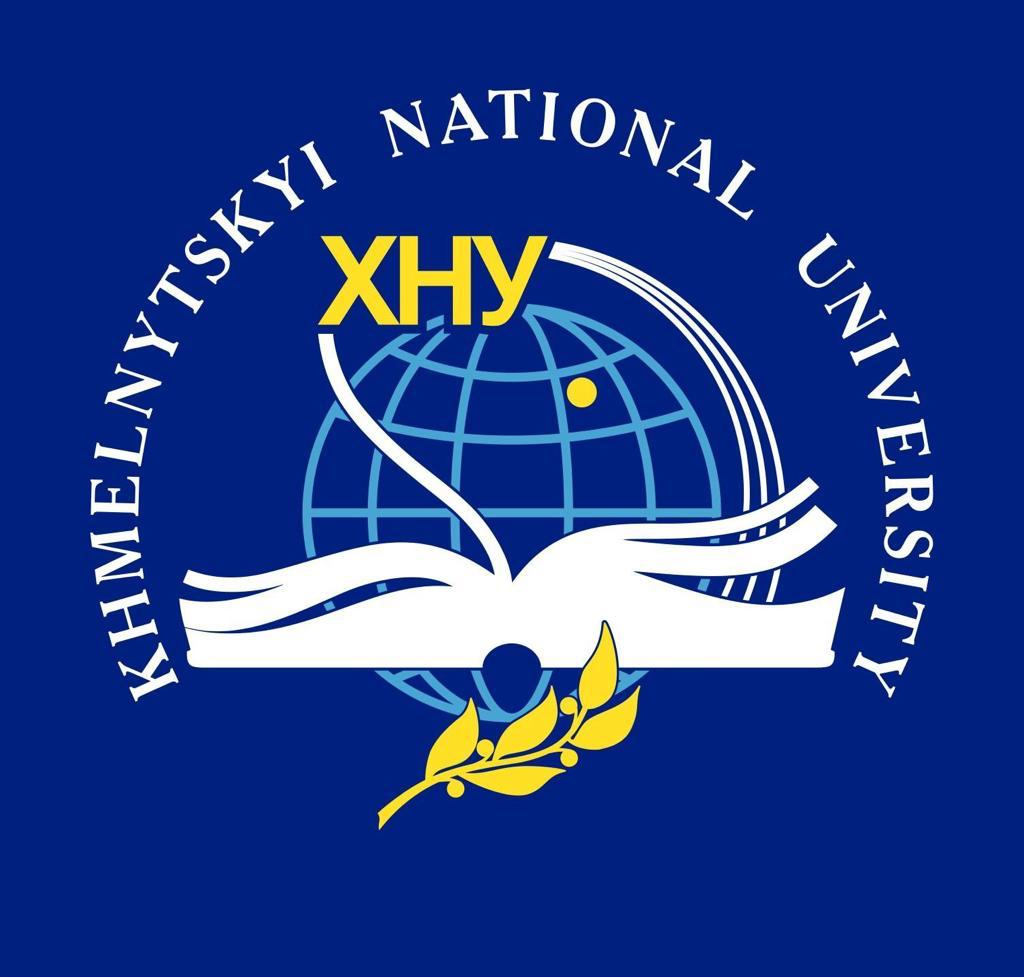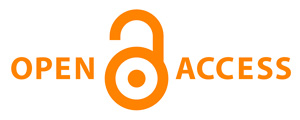ВИКОРИСТАННЯ ЗАСОБІВ ГІМНАСТИКИ В ІНКЛЮЗИВНІЙ ФІЗИЧНІЙ КУЛЬТУРІ ШКОЛЯРІВ З ОСОБЛИВИМИ ОСВІТНІМИ ПОТРЕБАМИ
DOI:
https://doi.org/10.31891/pcs.2025.1(1).97Ключові слова:
гімнастика, засоби гімнастики, школярі з особливими освітніми потребами, інклюзивна фізична культураАнотація
За концепцією Нової української школи нині активізувався процес упровадження інклюзії в закладах загальної середньої освіти, створюються інклюзивні класи де учні з особливими освітніми потребами навчаються разом з звичайними дітьми, разом відвідують уроки фізичної культури. В свою чергу, невід’ємною складовою навчально-виховної роботи в інклюзивних класах є фізична культура, а завдяки методичним особливостям, одним із потужних засобів інклюзивної фізичної культури є гімнастика. Гімнастика та її засоби широко представлені у навчальних програмах фізкультурної освітньої галузі, для школярів усіх вікових груп. Враховуючи те, що в інклюзивних класах всі школярів, в тому числі й з особливими освітніми потребами, навчаються разом, метою статті став теоретичний аналіз використання засобів гімнастики в інклюзивній фізичній культурі школярів з особливими освітніми потребами. В статі висвітлені засоби гімнастики та наведено приклади використання засобів гімнастики в інклюзивній фізичній культурі, а саме – стройових та загальнорозвиваючих вправ, прикладних вправ та стрибків, акробатичних вправ, вільних вправ та вправ художньої гімнастики, вправ на приладах та гімнастичних снарядах, ігор та естафет. Зазначено позитивний вплив на розвиток фізичних якостей, рухових та координаційних здібностей, позитивний вплив щодо формування правильної постави, а також розвитку морально-вольових якостей «особливих» школярів. В науковому дослідженні зауважено, що використання засобів гімнастики має здійснюватися на основі загально дидактичних та специфічних принципів, відповідно віку школярів, фізичних та психічних можливостей, розвитку фізичних та рухових здібностей, з врахуванням супутнього діагнозу а також мати корекційну-розвиткову спрямованість.
Посилання
Concept of development of inclusive education. Order of the Ministry of Education and Science of Ukraine dated 01.10.2010, No. 912. URL: https://mon.gov.ua/ua/npa/pro-zatverdzhennya-kontseptsii-rozvitku-inklyuzivnogo-navchannya
Mironova S. P. New Ukrainian school: features of the organization of the educational process of primary school students in inclusive classes: educational and methodological manual. Ternopil: Aston, 2020. 176 p.
Guk G., Bodnar I. Main problems of inclusive physical education of children with special needs. URL: http://dspace.pnpu.edu.ua/handle/123456789/19826
Kolupaeva A. A., Taranchenko O. M. Teaching children with special educational needs in an inclusive environment: a teaching and methodological manual / A. A. Kolupaeva, O. M. Taranchenko. Kharkiv: Publishing house "Ranok", 2019. 304 p.
Poroshenko M. A. Inclusive education: a teaching manual. Kyiv: LLC "Agency "Ukraine", 2019. 300 p.
Kichuk N. V. Scientific and methodological guidelines for creating an inclusive educational space: Increasing the inclusion index: methodological resources of the competency approach. Izmail: RVV IDGU, 2023. URL: http://dspace.idgu.edu.ua/xmlui/bitstream/handle/123456789/2089/%20%20%20%20%20%20%20%20.pdf?sequence=1
Bodnar I, Slimakovskyi O., Guk A. Effective physical education in inclusive classes from the point of view of physical culture teachers. Physical education, sport and health culture in modern society. 2023. No. 3 (63). P. 32-39.
Yazlovetska O. V. Problems of developing inclusive education in the field of physical culture in Ukraine. Scientific notes. Series: Pedagogical sciences. 2022. No. 200. P. 171-175.
Gauryak O.D. Theoretical aspects of inclusive physical culture in secondary education institutions. Materials of the III All-Ukrainian scientific and practical conference "Physical culture and sports in educational institutions" (Lutsk, February 29 - March 1, 2024) / ed. V.V. Chyzhyk, V.Ya. Kovalchuk, I.V. Bakiko. Lutsk, 2024. P. 29–31.
Troyanovska M.M. Theoretical aspects of conducting physical culture classes with students with special needs. Modern problems of health and healthy lifestyle in pedagogical education. Visnyk 154. Vol. 2, 2018. P. 166–169.
Sedlyar Y. Scientific and methodological principles of physical culture in special educational institutions for children with special needs. Youth Scientific Bulletin of the Lesya Ukrainka Eastern European National University. 2017. No. 27. P. 95-98. URL: http://sportvisnyk.vnu.edu.ua/index.php/sportvisnyk/article/view/144
Lyashchuk R.P., Ognistyy A.V. Gymnastics: teaching aids (in 2 parts). Part 1. Ternopil: DTPU, 2000. 164 p.
Khudoly O. M. Fundamentals of Gymnastics Teaching Methods: Teaching Aid. In 2 parts. 3rd ed., corrected and supplemented. Kharkiv: "OVS", 2004. T. 1. 414 p.: ill.
Ognistyy A. V., Vlasyuk R. A. Basic means of gymnastics: teaching-methodical. manual. Ternopil "TYPE", 2015. 241 p.
Typical educational program for grades 1-2, developed under the leadership of Savchenko O.Ya. URL: https://mon.gov.ua/static-objects/mon/sites/1/zagalna%20serednya/programy-1-4-klas/2022/08/15/Typova.osvitnya.prohrama.1-4/Typova.osvitnya.prohrama.1-2.Savchenko.pdf
Typical educational program for grades 3-4, developed under the leadership of Savchenko O.Ya. URL: https://mon.gov.ua/static-objects/mon/sites/1/zagalna%20serednya/programy-1-4-klas/2022/08/15/Typova.osvitnya.prohrama.1-4/Typova.osvitnya.prohrama.3-4.Savchenko.pdf
Model curriculum "Physical education. Grades 5-9" for general secondary education institutions. URL: https://mon.gov.ua/static-objects/mon/sites/1/zagalna%20serednya/Navchalni.prohramy/2024/Model.navch.prohr.5-9.klas-2024/fizkult-5-9-kl-bazhenkov-ta-in-22-08-2024.pdf3.
Physical education grades 10-11. Standard level. Curriculum for general secondary education institutions. URL: https://mon.gov.ua/static-objects/mon/sites/1/zagalna%20serednya/programy-10-11-klas/2022/08/15/navchalna.programa-2022.fizichna-kultura-10-11-standart.pdf
Krutsevich T. Yu. Theory and methods of physical education: a textbook in 2 volumes. Methods of physical education of different population groups Vol. 2. Kyiv: Olimp. l-ra, 2008. 367 p.
##submission.downloads##
Опубліковано
Як цитувати
Номер
Розділ
Ліцензія
Авторське право (c) 2025 Олена ГАУРЯК

Ця робота ліцензується відповідно до Creative Commons Attribution 4.0 International License.





